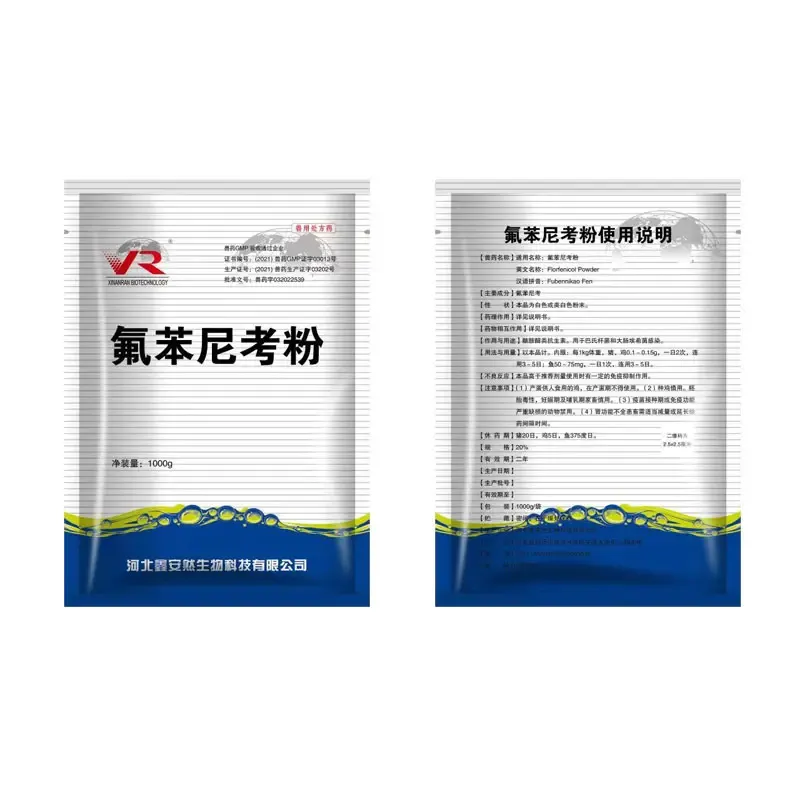- Afrikaans
- Albanian
- Amharic
- Arabic
- Armenian
- Azerbaijani
- Basque
- Belarusian
- Bengali
- Bosnian
- Bulgarian
- Catalan
- Cebuano
- Corsican
- Croatian
- Czech
- Danish
- Dutch
- English
- Esperanto
- Estonian
- Finnish
- French
- Frisian
- Galician
- Georgian
- German
- Greek
- Gujarati
- Haitian Creole
- hausa
- hawaiian
- Hebrew
- Hindi
- Miao
- Hungarian
- Icelandic
- igbo
- Indonesian
- irish
- Italian
- Japanese
- Javanese
- Kannada
- kazakh
- Khmer
- Rwandese
- Korean
- Kurdish
- Kyrgyz
- Lao
- Latin
- Latvian
- Lithuanian
- Luxembourgish
- Macedonian
- Malgashi
- Malay
- Malayalam
- Maltese
- Maori
- Marathi
- Mongolian
- Myanmar
- Nepali
- Norwegian
- Norwegian
- Occitan
- Pashto
- Persian
- Polish
- Portuguese
- Punjabi
- Romanian
- Russian
- Samoan
- Scottish Gaelic
- Serbian
- Sesotho
- Shona
- Sindhi
- Sinhala
- Slovak
- Slovenian
- Somali
- Spanish
- Sundanese
- Swahili
- Swedish
- Tagalog
- Tajik
- Tamil
- Tatar
- Telugu
- Thai
- Turkish
- Turkmen
- Ukrainian
- Urdu
- Uighur
- Uzbek
- Vietnamese
- Welsh
- Bantu
- Yiddish
- Yoruba
- Zulu
9 月 . 25, 2024 07:52 Back to list
Optimal Dosage of Oxytetracycline for Cattle Health Management and Disease Treatment
Oxytetracycline Dose in Cattle Importance and Guidelines
Oxytetracycline is a broad-spectrum antibiotic widely used in veterinary medicine, particularly in cattle, for the treatment of various bacterial infections. The application of this antibiotic is crucial in ensuring the health and productivity of cattle, which directly impacts the overall output of the livestock industry. Understanding the proper dosing and administration of oxytetracycline is essential for effective disease management while minimizing the risk of antibiotic resistance.
Indications for Use
Oxytetracycline is primarily used to treat respiratory infections, especially bacterial pneumonia, which is a common ailment in cattle. It can also be effective against other infections such as enteritis, metritis, and certain types of mastitis. The use of this antibiotic not only aids in alleviating the symptoms of these diseases but also plays a significant role in infection control, thereby improving the overall welfare of the animals.
Dosage Guidelines
The dosage of oxytetracycline in cattle can vary based on various factors, including the specific infection being treated, the weight of the animal, and the formulation of the drug (injectable, oral, etc.). Typically, the recommended dose ranges from 5 to 10 mg per kilogram of body weight when administered intramuscularly or intravenously. For severe infections, higher doses may be warranted under veterinary supervision.
For example, if treating a 500 kg steer, a dosage of 2,500 to 5,000 mg would be appropriate, depending on the severity and type of infection. It is critical to adhere to the manufacturer’s guidelines and veterinary advice to avoid underdosing, which can lead to treatment failure, or overdosing, which can result in adverse effects.
oxytetracycline dose in cattle

Administration and Considerations
Oxytetracycline can be administered through several routes, with intramuscular and intravenous injections being the most common. For oral administration, it is available as boluses or powders mixed with feed. When administering the drug, it is important to ensure that it is given using sterile techniques to prevent introducing additional pathogens.
Veterinarians often recommend performing a culture and sensitivity test prior to starting treatment to confirm the diagnosis and ensure that the pathogen is susceptible to oxytetracycline. This practice not only enhances treatment efficacy but also contributes to responsible antibiotic use, which is critical in the fight against antibiotic resistance.
Withdrawal and Safety
One of the main concerns with the use of antibiotics in food-producing animals is the withdrawal period—the time that must elapse before the animal can be slaughtered or its milk can be consumed. For oxytetracycline, the withdrawal time can vary but is generally around 28 days for meat and 72 hours for milk. Farmers and producers must strictly adhere to these guidelines to ensure that antibiotic residues do not enter the human food chain.
Conclusion
In conclusion, the appropriate use of oxytetracycline in cattle is vital for maintaining animal health and productivity. By adhering to established dosing guidelines, considering the route of administration, and practicing responsible antibiotic use, veterinarians and cattle producers can ensure effective treatment while minimizing risks associated with antibiotic resistance. Continuous education and collaboration among producers, veterinarians, and researchers are essential to promote best practices and safeguard the health of both livestock and consumers.
-
The Power of Radix Isatidis Extract for Your Health and Wellness
NewsOct.29,2024
-
Neomycin Sulfate Soluble Powder: A Versatile Solution for Pet Health
NewsOct.29,2024
-
Lincomycin Hydrochloride Soluble Powder – The Essential Solution
NewsOct.29,2024
-
Garamycin Gentamicin Sulfate for Effective Infection Control
NewsOct.29,2024
-
Doxycycline Hyclate Soluble Powder: Your Antibiotic Needs
NewsOct.29,2024
-
Tilmicosin Premix: The Ultimate Solution for Poultry Health
NewsOct.29,2024













